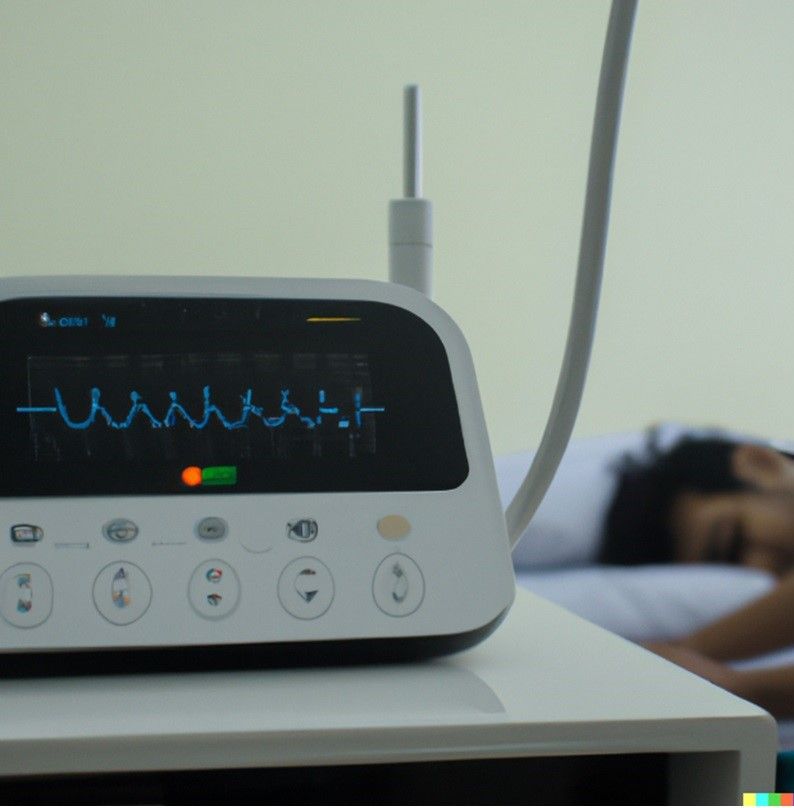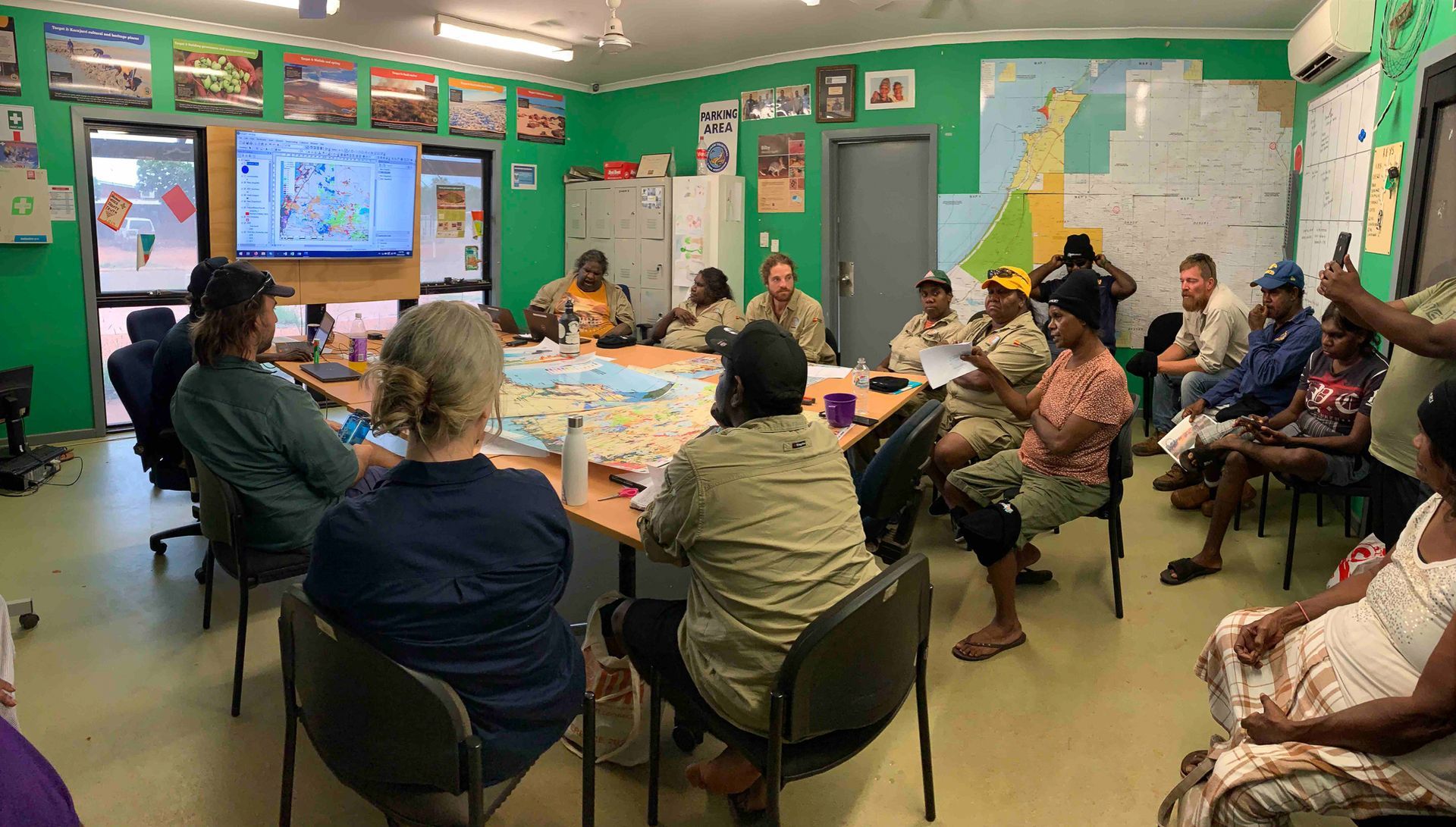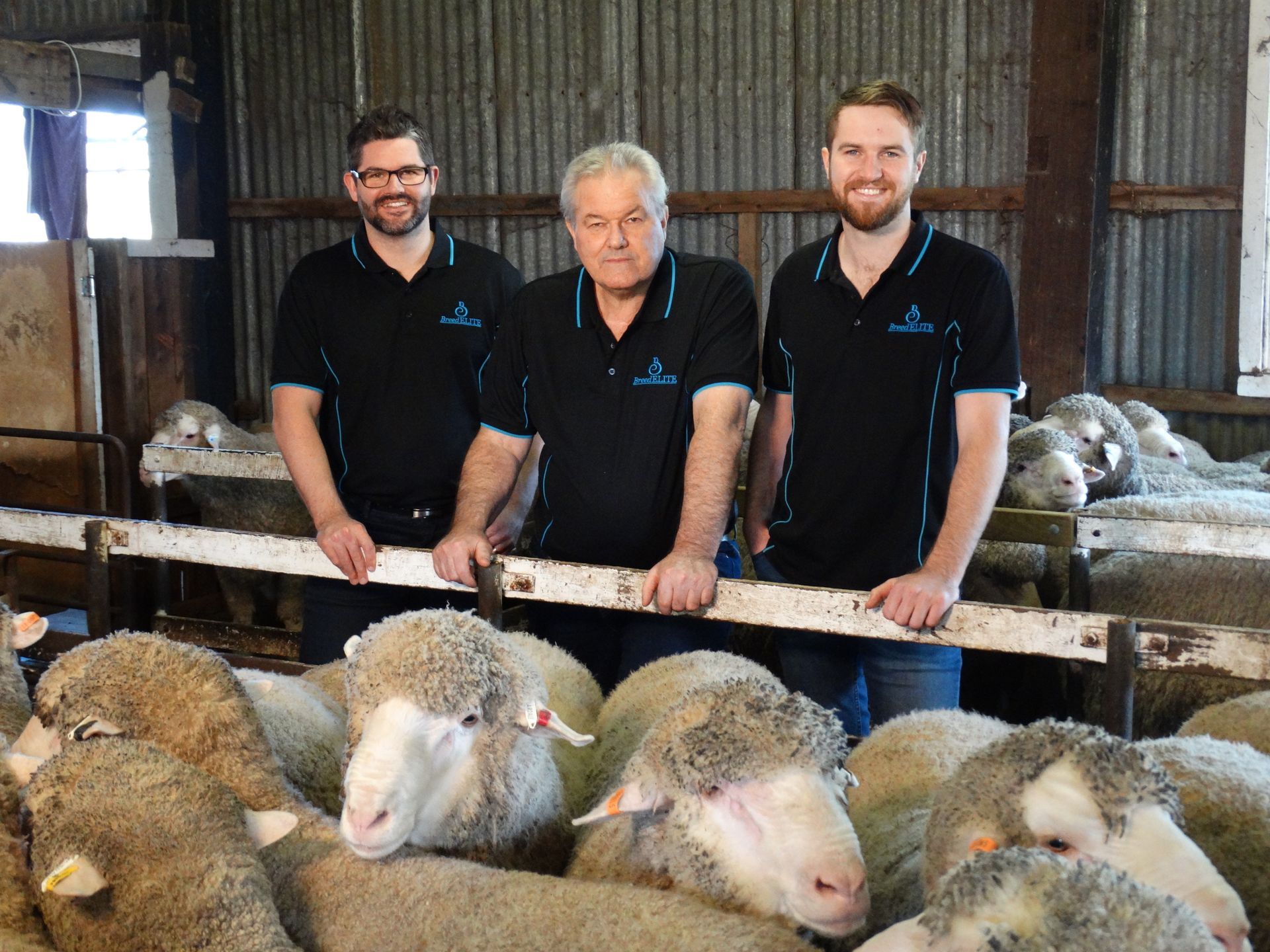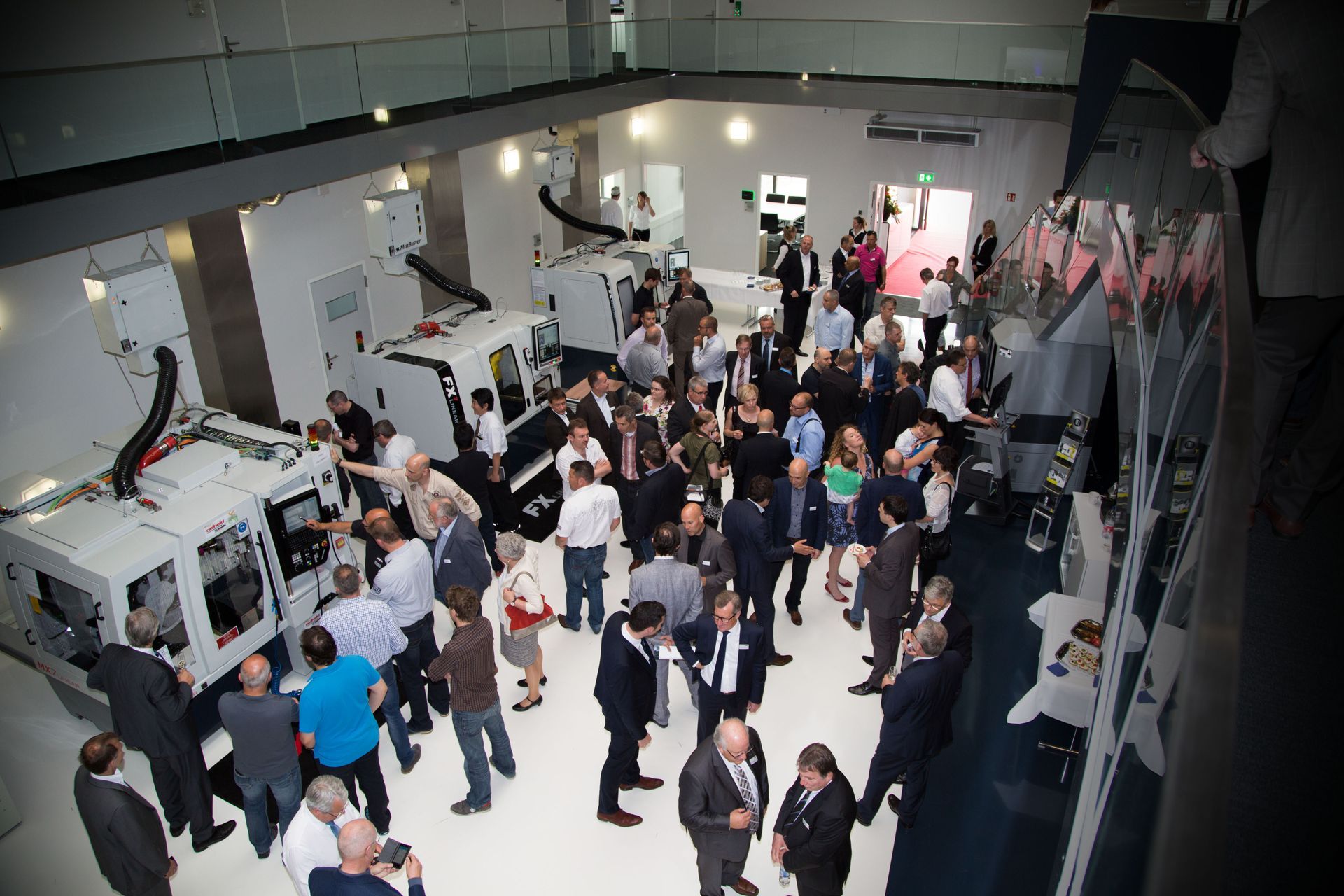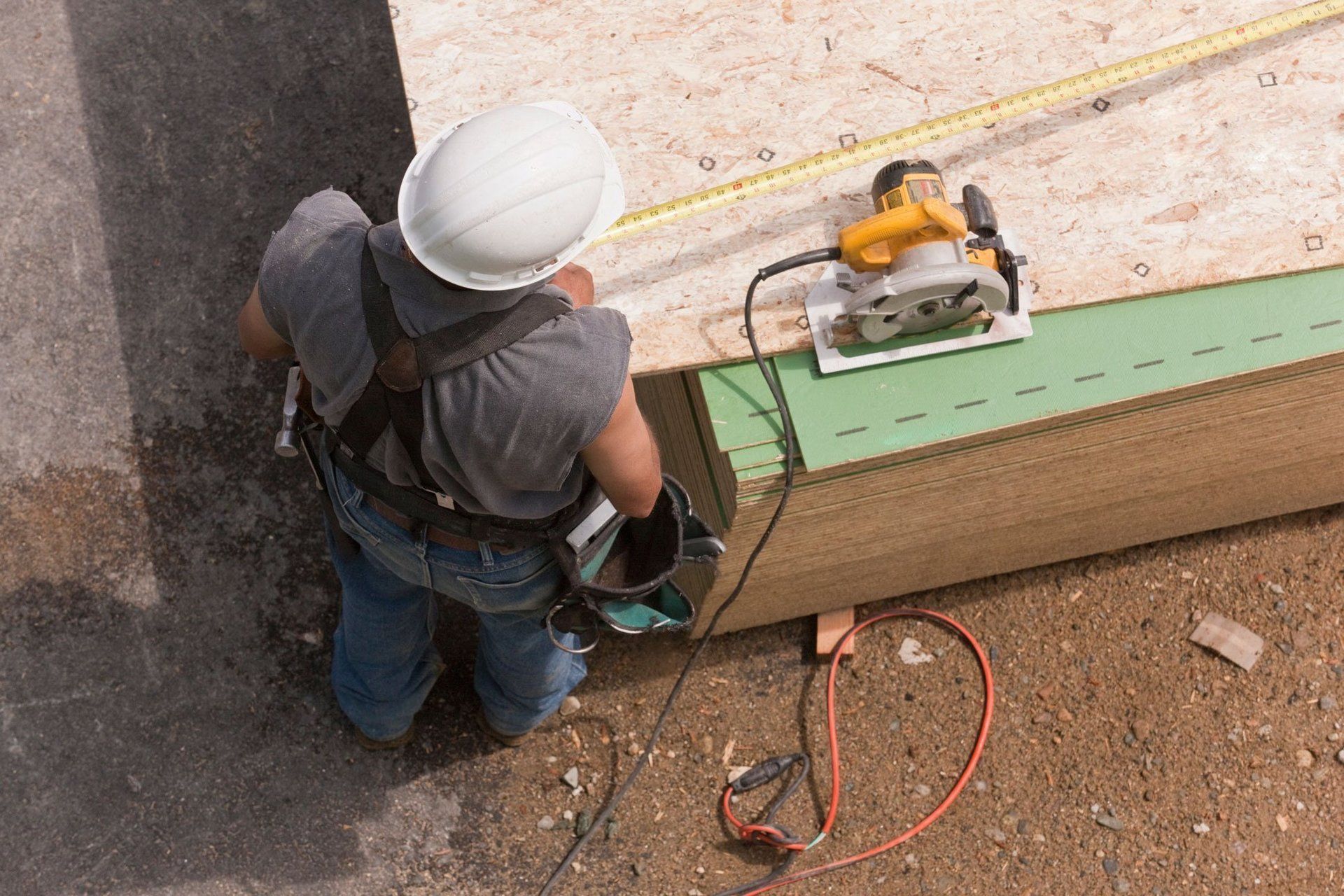Blog Layout
Aus-first human COVID-19 vaccine commences trial
Elizabeth Gracie

Australia’s first human COVID - 19 trial for a potential vaccine has commenced at Adelaide at Flinders University.
The targeted vaccine has been developed by Finders University alongside Vaxine Pty Ltd and is the first human trial for COVID - 19 in the Southern Hemisphere.
Microbiologist and Infectious Diseases Professor David Gordon from Flinders University says the trial is one of several planned that seeks to test the safety and immune responses of the new vaccine.
“This COVID-19 vaccine has already shown promising results in animal models, so it is exciting to take this national breakthrough to human trials in Adelaide,” said Gordon.
Globally, the World Health Organisation has listed more than 120 individual COVID - 19 vaccine projects which range from preclinical to clinical human trials.
Dr Pravin Hissaria, a Clinical Immunologist from the Royal Adelaide Hospital said that trial participation was crucial to the crusade to find a COVID - 19 vaccine.
“Now, members of the public have stood up to be among the first people in the world to receive a trial vaccine. Their actions could help us find a permanent solution to this devastating global pandemic”.
According to Flinders University, the targeted vaccine to be used in human trials will provide initial safety and immune response data on 40 healthy participants aged between 18 and 65 years who have been prescreened.
Each individual participant will receive two doses that are three weeks apart of the newly developed vaccine or a placebo injection. They will then have blood tests to measure protective antibody and T-cell responses induced by the vaccine.
Professor Nikolai Petrovsky who is a Professor at Flinders University and the chairman and research director of Vaxine said that the human trial vaccine candidate was developed from a previous spike protein-based, SARS coronavirus vaccine approach.
The goal is to prevent COVID-19 from attaching to cells, disrupting the protein ‘spike’ that would normally latch on.
However long term funding is required to create a steady pandemic vaccine platform and advance it into further human trials says Professor Petrovsky.
“Pandemic vaccine development is of paramount public health importance. Research in this area should not be something you can turn on and off like a tap” said Petrovsky.
According to Professor Gordon, the results of the first trial will be available in approximately two months time.

By Dr Saraid Billiards - CEO of the Association of Australian Medical Research Institutes.
•
March 27, 2023
If the health and medical research sector in Australia is to move forward, it must address gender equity, diversity, and inclusion- which means making the sector a safe and inclusive workspace for all.

By By Ben Kehoe
•
January 27, 2023
In 2016 I published a blog article titled Moonshots for Australia: 7 For Now. It’s one of many I have posted on business and innovation in Australia. In that book, I highlighted a number of Industries of the Future among a number of proposed Moonshots. I self-published a book, Innovation in Australia – Creating prosperity for future generations, in 2019, with a follow-up COVID edition in 2020. There is no doubt COVID is causing massive disruption. Prior to COVID, there was little conversation about National Sovereignty or supply chains. Even now, these topics are fading, and we remain preoccupied with productivity and jobs! My motivation for this writing has been the absence of a coherent narrative for Australia’s business future. Over the past six years, little has changed. The Australian ‘psyche’ regarding our political and business systems is programmed to avoid taking a long-term perspective. The short-term nature of Government (3 to 4-year terms), the short-term horizon of the business system (driven by shareholder value), the media culture (infotainment and ‘gotcha’ games), the general Australian population’s cynical perspective and a preoccupation with a lifestyle all create a malaise of strategic thinking and conversation. Ultimately, it leads to a leadership vacuum at all levels. In recent years we have seen the leadership of some of our significant institutions failing to live up to the most basic standards, with Royal Commissions, Inquiries and investigations consuming excessive time and resources. · Catholic Church and other religious bodies · Trade Unions · Banks (and businesses generally, take casinos, for example) · the Australian Defence Force · the Australian cricket teams · our elected representatives and the staff of Parliament House As they say, “A fish rots from the head!” At best, the leadership behaviour in those institutions could be described as unethical and, at worst….just bankrupt! In the last decade, politicians have led us through a game of “leadership by musical chairs” – although, for now, it has stabilised. However, there is still an absence of a coherent narrative about business and wealth creation. It is a challenge. One attempt to provide such a narrative has been the Intergenerational Reports produced by our federal Government every few years since 2002. The shortcomings of the latest Intergenerational Report Each Intergenerational Report examines the long-term sustainability of current government policies and how demographic, technological, and other structural trends may affect the economy and the budget over the next 40 years. The fifth and most recent Intergenerational Report released in 2021 (preceded by Reports in 2002, 2007, 2010 and 2015) provides a narrative about Australia’s future – in essence, it is an extension of the status quo. The Report also highlights three key insights: 1. First, our population is growing slower and ageing faster than expected. 2. The Australian economy will continue to grow, but slower than previously thought. 3. While Australia’s debt is sustainable and low by international standards, the ageing of our population will pressure revenue and expenditure. However, its release came and went with a whimper. The recent Summit on (what was it, Jobs and Skills and productivity?) also seems to have made the difference of a ‘snowflake’ in hell in terms of identifying our long-term challenges and growth industries. Let’s look back to see how we got here and what we can learn. Australia over the last 40 years During Australia’s last period of significant economic reform (the late 1980s and early 1990s), there was a positive attempt at building an inclusive national narrative between Government and business. Multiple documents were published, including: · Australia Reconstructed (1987) – ACTU · Enterprise Bargaining a Better Way of Working (1989) – Business Council of Australia · Innovation in Australia (1991) – Boston Consulting Group · Australia 2010: Creating the Future Australia (1993) – Business Council of Australia · and others. There were workshops, consultations with industry leaders, and conferences across industries to pursue a national microeconomic reform agenda. Remember these concepts? · global competitiveness · benchmarking · best practice · award restructuring and enterprising bargaining · training, management education and multiskilling. This agenda was at the heart of the business conversation. During that time, the Government encouraged high levels of engagement with stakeholders. As a result, I worked with a small group of training professionals to contribute to the debate. Our contribution included events and publications over several years, including What Dawkins, Kelty and Howard All Agree On – Human Resources Strategies for Our Nation (published by the Australian Institute of Training and Development). Unfortunately, these long-term strategic discussions are nowhere near as prevalent among Government and industry today. The 1980s and 1990s were a time of radical change in Australia. It included: · floating the $A · deregulation · award restructuring · lowering/abolishing tariffs · Corporatisation and Commercialisation Ross Garnaut posits that the reforms enabled Australia to lead the developed world in productivity growth – given that it had spent most of the 20th century at the bottom of the developed country league table. However, in his work, The Great Reset, Garnaut says that over the next 20 years, our growth was attributable to the China mining boom, and from there, we settled into “The DOG days” – Australia moved to the back of a slow-moving pack! One unintended consequence of opening our economy to the world is the emasculation of the Australian manufacturing base. The manic pursuit of increased efficiency, lower costs, and shareholder value meant much of the labour-intensive work was outsourced. Manufacturing is now less than 6% of our GDP , less than half of what it was 30 years ago!


